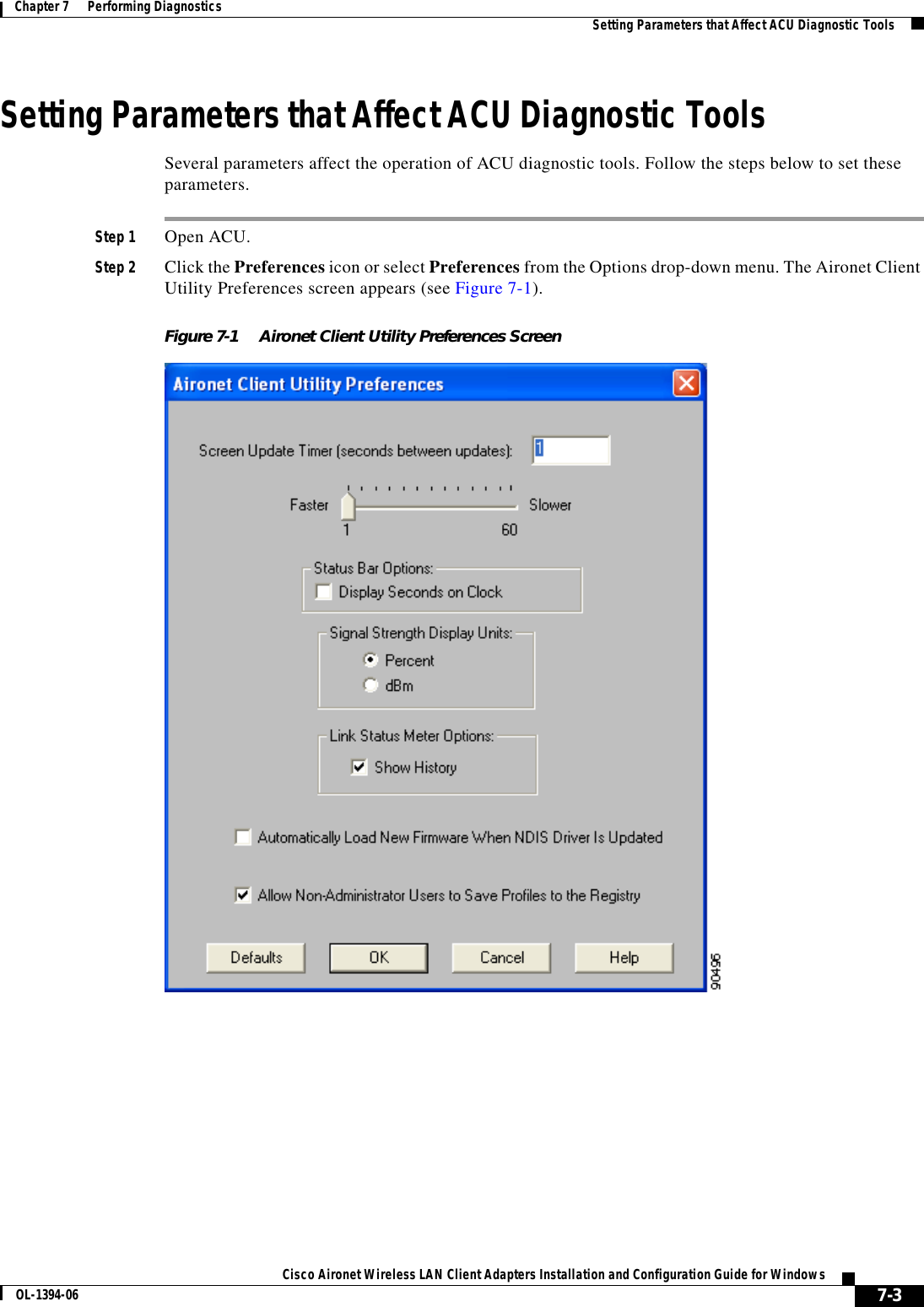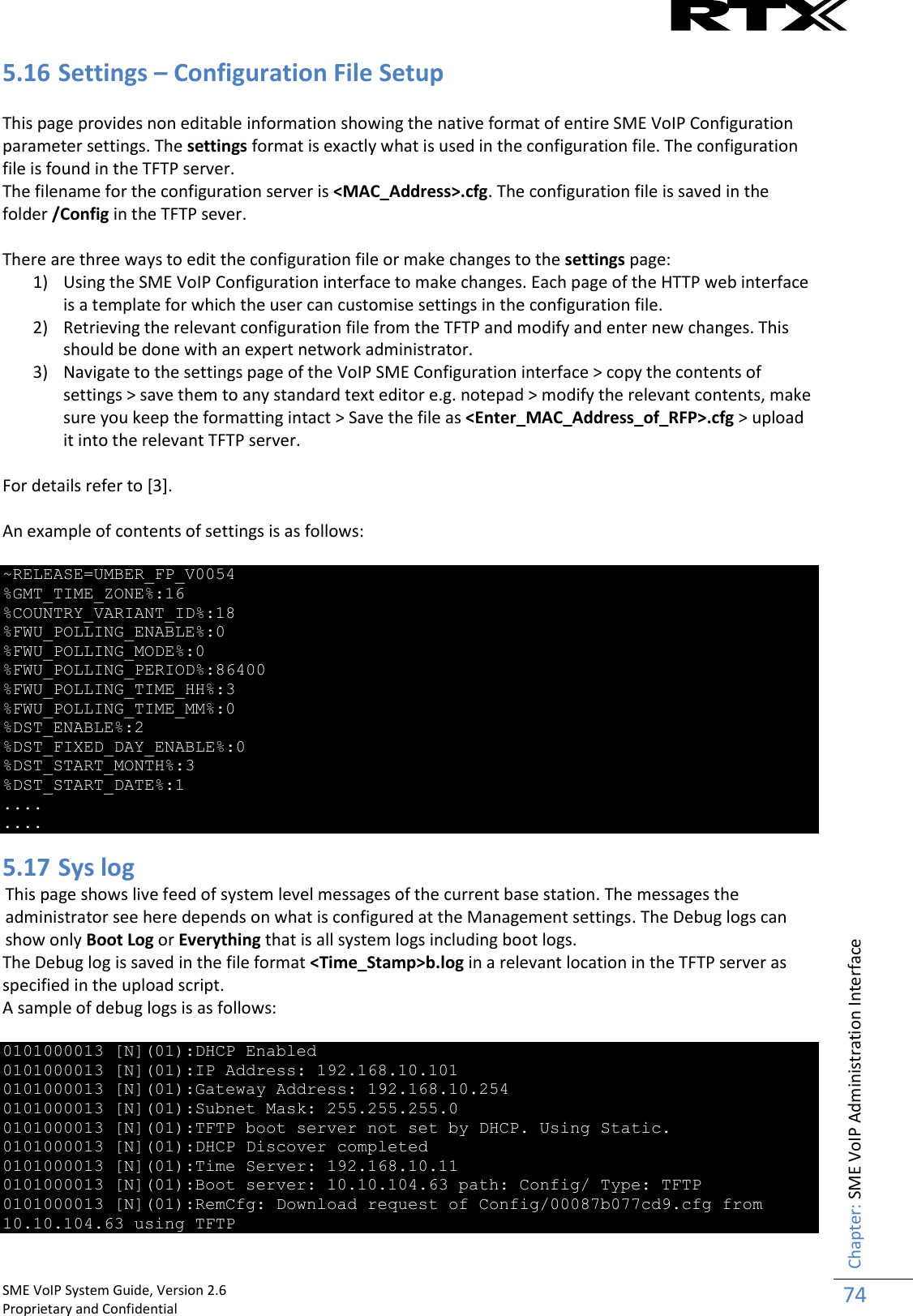-->
Gets the settings of the LLDP agent on a network interface on a host computer.
The Microsoft LLDP protocol driver was uninstalled from a Win 10 client from the Local Area Network Adapter Properties, and when I go to reinstall I get this error: I am trying to reinstall from Network Adapter PropertiesInstallProtocolAddMicrosoft LLDP Protocol Driver. I am fully aware of what LLDP is and use it with Linux and switches on a regular basis. What I'm trying to do it collect the same information I can get from lldpd or open-lldp on Linux on a Windows box. I assume it should be possible with the Microsoft LLDP Protocol Driver, otherwise, I have no idea what that driver.
Syntax
Description
The Get-NetLldpAgent cmdlet gets the settings of the Logical Link Discovery Protocol (LLDP) agent on a network interface on a host computer.
Microsoft Lldp Protocol Driver Purpose
Examples
Example 1: Get LLDP agent settings on the local computer
This command gets LLDP agent settings on a network interface named Ethernet1 on the local computer.
Parameters
Specifies an array of neighbor scopes of the adapter for which this cmdlet gets the LLDP agent settings.The acceptable values for this parameter are:

- NearestNeighbor
- NearestNonTpmrBridge
- NearestCustomerBridge
| Type: | AddressScope[] |
| Accepted values: | NearestBridge, NearestNonTpmrBridge, NearestCustomerBridge |
| Position: | 1 |
| Default value: | None |
| Accept pipeline input: | True |
| Accept wildcard characters: | False |

Runs the cmdlet as a background job. Use this parameter to run commands that take a long time to complete.
The cmdlet immediately returns an object that represents the job and then displays the command prompt.You can continue to work in the session while the job completes.To manage the job, use the *-Job cmdlets.To get the job results, use the Receive-Job cmdlet.
For more information about Windows PowerShell background jobs, see about_Jobs.
| Type: | SwitchParameter |
| Position: | Named |
| Default value: | None |
| Accept pipeline input: | False |
| Accept wildcard characters: | False |
Runs the cmdlet in a remote session or on a remote computer.Enter a computer name or a session object, such as the output of a New-CimSession or Get-CimSession cmdlet.The default is the current session on the local computer.
| Type: | CimSession[] |
| Aliases: | Session |
| Position: | Named |
| Default value: | None |
| Accept pipeline input: | False |
| Accept wildcard characters: | False |

Specifies an array of indexes for which this cmdlet gets LLDP agent settings.
| Type: | UInt32[] |
| Position: | 0 |
| Default value: | None |
| Accept pipeline input: | True |
| Accept wildcard characters: | False |
Specifies an array of names of the interfaces for which this cmdlet gets LLDP agent settings.
Microsoft Lldp Protocol Driver Needed

- NearestNeighbor
- NearestNonTpmrBridge
- NearestCustomerBridge
| Type: | AddressScope[] |
| Accepted values: | NearestBridge, NearestNonTpmrBridge, NearestCustomerBridge |
| Position: | 1 |
| Default value: | None |
| Accept pipeline input: | True |
| Accept wildcard characters: | False |
Runs the cmdlet as a background job. Use this parameter to run commands that take a long time to complete.
The cmdlet immediately returns an object that represents the job and then displays the command prompt.You can continue to work in the session while the job completes.To manage the job, use the *-Job cmdlets.To get the job results, use the Receive-Job cmdlet.
For more information about Windows PowerShell background jobs, see about_Jobs.
| Type: | SwitchParameter |
| Position: | Named |
| Default value: | None |
| Accept pipeline input: | False |
| Accept wildcard characters: | False |
Runs the cmdlet in a remote session or on a remote computer.Enter a computer name or a session object, such as the output of a New-CimSession or Get-CimSession cmdlet.The default is the current session on the local computer.
| Type: | CimSession[] |
| Aliases: | Session |
| Position: | Named |
| Default value: | None |
| Accept pipeline input: | False |
| Accept wildcard characters: | False |
Specifies an array of indexes for which this cmdlet gets LLDP agent settings.
| Type: | UInt32[] |
| Position: | 0 |
| Default value: | None |
| Accept pipeline input: | True |
| Accept wildcard characters: | False |
Specifies an array of names of the interfaces for which this cmdlet gets LLDP agent settings.
Microsoft Lldp Protocol Driver Needed
| Type: | String[] |
| Position: | 0 |
| Default value: | None |
| Accept pipeline input: | True |
| Accept wildcard characters: | False |
Specifies the maximum number of concurrent operations that can be established to run the cmdlet.If this parameter is omitted or a value of 0 is entered, then Windows PowerShell® calculates an optimum throttle limit for the cmdlet based on the number of CIM cmdlets that are running on the computer.The throttle limit applies only to the current cmdlet, not to the session or to the computer.
| Type: | Int32 |
| Position: | Named |
| Default value: | None |
| Accept pipeline input: | False |
| Accept wildcard characters: | False |
Outputs
Microsoft Lldp Protocol Driver Windows 10
This cmdlet retrieves the following settings:
Lldp Protocol Driver Windows 10
- Interface Alias
- Interface Index
- Scope
- MAC address
